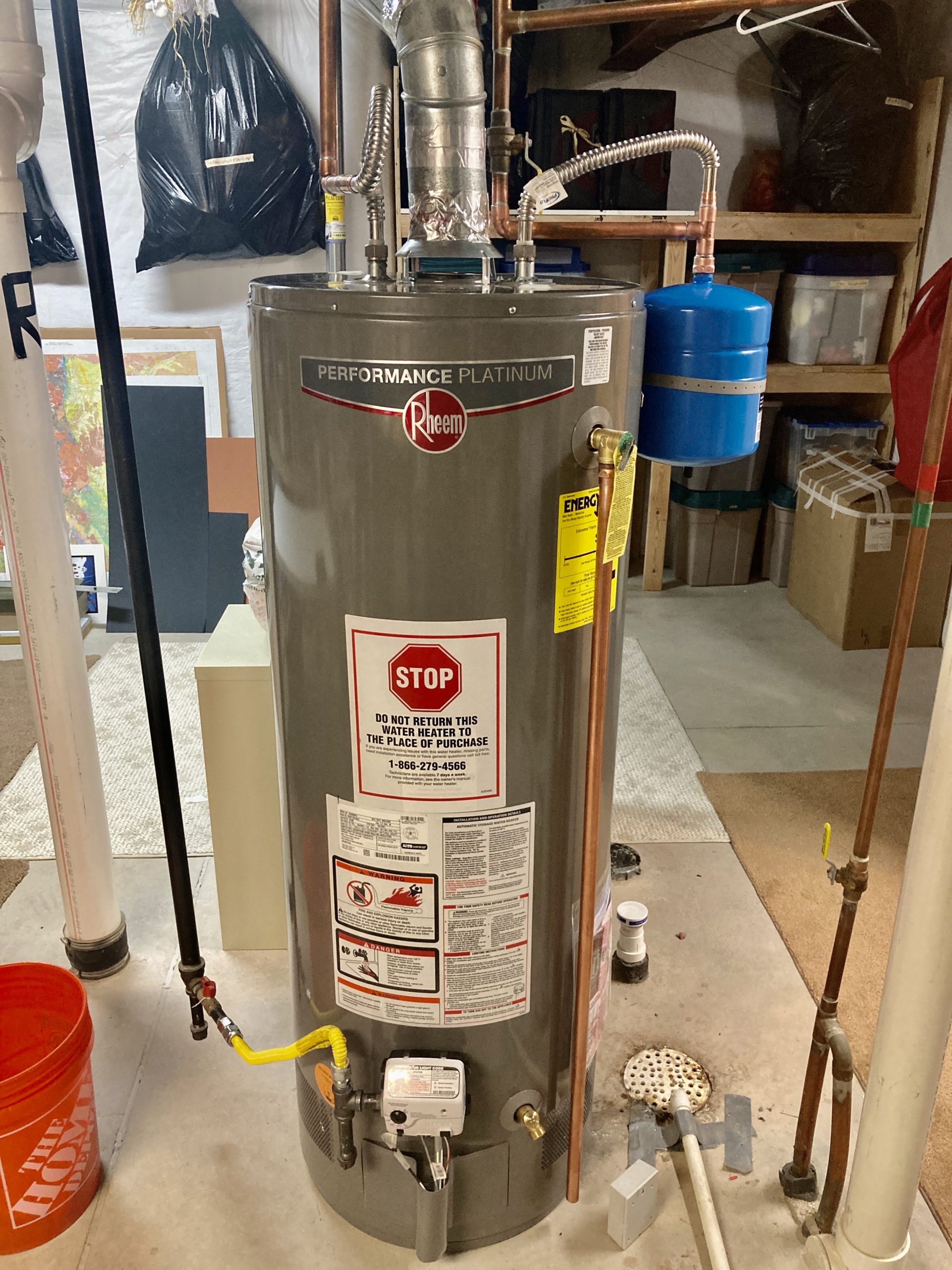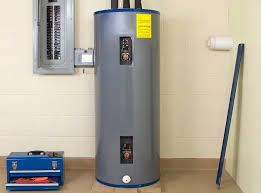This post in the next paragraphs in relation to How to Maintain a Hot Water Heater in a Few Simple Steps is definitely engaging. Don't overlook it.

Warm water is necessary for daily comfort, whether it's for a revitalizing shower or washing meals. To guarantee your warm water system runs efficiently and lasts much longer, normal maintenance is essential. This post gives practical pointers and insights on how to preserve your home's warm water system to avoid disturbances and costly repair work.
Introduction
Preserving your home's warm water system could seem difficult, yet with a couple of simple steps, you can guarantee it runs smoothly for many years ahead. This guide covers whatever from recognizing your hot water system to DIY maintenance suggestions and understanding when to employ specialist help.
Importance of Maintaining Your Hot Water System
Routine upkeep not just expands the life-span of your hot water system but also guarantees it runs effectively. Overlooking maintenance can result in reduced effectiveness, higher energy expenses, and even premature failure of the system.
Indicators Your Hot Water System Needs Maintenance
Understanding when your hot water system needs attention can prevent significant problems. Watch out for signs such as irregular water temperature level, odd noises from the heater, or corroded water.
Purging the Water Heater
Flushing your hot water heater eliminates sediment buildup, improving performance and extending its life.
Checking and Changing Anode Rods
Anode rods prevent deterioration inside the storage tank. Examining and replacing them when broken is important.
Complex Concerns Needing Specialist Assistance
Examples include significant leaks, electrical troubles, or if your hot water heater is regularly underperforming.
Regular Professional Upkeep Perks
Professional upkeep can include detailed assessments, tune-ups, and guaranteeing compliance with security standards.
Evaluating and Readjusting Temperature Setups
Adjusting the temperature level settings ensures optimum performance and safety.
Do It Yourself Tips for Maintenance
You can perform numerous upkeep tasks on your own to keep your hot water system in leading condition.
Looking for Leakages
Consistently inspect pipes and links for leakages, as these can lead to water damages and higher costs.
Comprehending Your Hot Water System
Prior to diving into upkeep tasks, it's handy to comprehend the basic parts of your hot water system. Commonly, this includes the water heater itself, pipelines, anode poles, and temperature controls.
Month-to-month Maintenance Tasks
Normal monthly checks can aid catch small issues prior to they escalate.
Examining Pressure Alleviation Valves
Testing the stress relief valve guarantees it functions appropriately and stops extreme stress buildup.
Shielding Pipes
Protecting warm water pipes lowers heat loss and can conserve power.
When to Call an Expert
While do it yourself maintenance is helpful, some issues need specialist proficiency.
Final thought
Normal maintenance of your home's warm water system is essential for effectiveness, long life, and price financial savings. By following these suggestions and understanding when to look for specialist aid, you can make certain a reputable supply of warm water without unexpected disruptions.
How to Maintain an Instant Hot Water Heater
Before tinkering with your hot water heater, make sure that it’s not powered on. You also have to turn off the main circuit breaker and shut off the main gas line to prevent accidents. Also turn off the water valves connected to your unit to prevent water from flowing into and out of the appliance. 2. When you’re done, you have to detach the purge valves’ caps. These look like the letter “T” and are situated on either side of the water valves. Doing so will release any pressure that has accumulated inside the valves while at the same time avoid hot water from shooting out and burning your skin. 3. When the purge valves’ caps are removed, you have to connect your hosing lines to the valves. Your unit should have come with three hoses but if it didn’t, you can purchase these things from any hardware or home repair shops. You can also get them from retail stores that sell water heating systems. Read the user’s manual and follow it to complete this task properly. When the hosing lines are connected, open the purge port’s valves. 4. You should never use harsh chemical cleaners or solutions when cleaning your unit. Make use of white vinegar instead. It should be undiluted and you’ll probably use about 2 gallons. 5. Now flush your water heater. This task should probably take about 40 minutes. We can’t give you specific directions for this because the procedure is carried out depending on the type, model and brand of your heater. With that being said, refer to the user’s manual. 6. When you’re done draining the unit, you have to turn off the purge port valves again. Remove the hosing lines that you earlier installed on each of the water valves. Put the valve caps (purge port) back in their respective places and be very careful so as not to damage the rubber discs that are found inside these caps. 7. Now that everything’s back in place, check your user’s manual again to find out how to reactivate your water heating system. 8. Once it is working, turn one of your hot water faucets on just to let air pass through the heater’s water supply pipes. Leave the tap on until water flows smoothly out of it. https://www.orrplumbing.com/blog/2014/september/how-to-maintain-an-instant-hot-water-heater/

I came across that blog posting on Water Heater Maintenance Tips You Can't Afford to Forget when doing a search on the internet. Are you aware of someone else who is fascinated about the niche? Please feel free to promote it. Many thanks for being here. Kindly come visit our website back soon.
Instant Quote